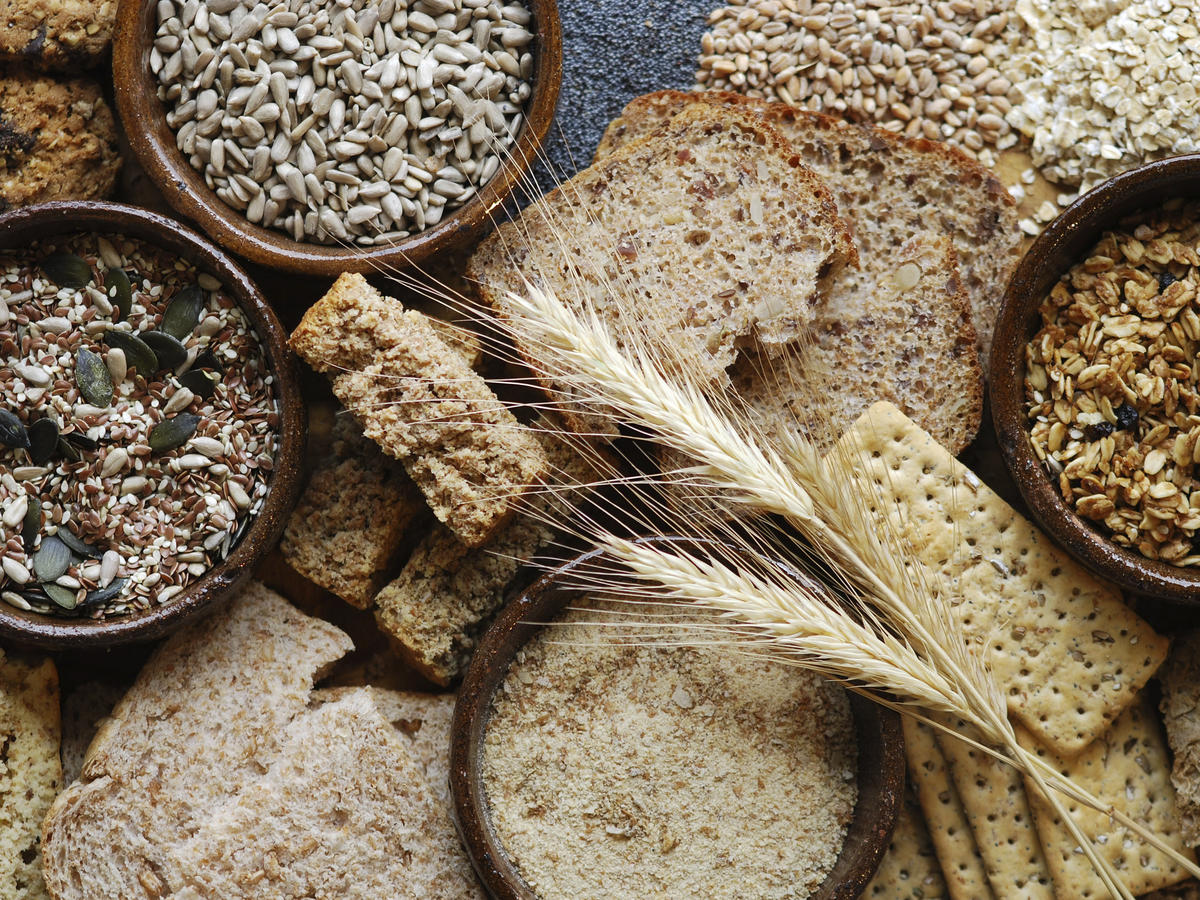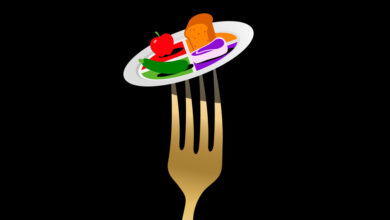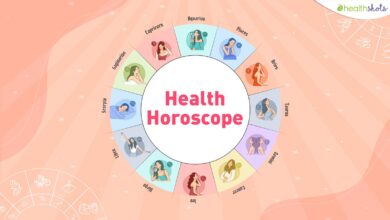
Surprising Reasons to Give Up Wheat
-
Tips To Help Reduce Bloating and Improve Your Digestive HealthDecember 2, 2017
-
The Mystery of My Burning EsophagusOctober 4, 2023
You’ve been brainwashed into thinking you need whole wheat as part of a healthy diet. The truth is, whole wheat is full of sugar, whether in bread or pasta form or hiding out as an ingredient in canned soup or frozen dinners, could be sending you on a path toward type 2 diabetes. Get this: Eating two slices of whole wheat bread could spike your blood sugar levels more than if you’d eat two tablespoons of pure sugar!
“Aside from some extra fiber, eating two slices of whole wheat bread is really little different, and often worse, than drinking a can of sugar-sweetened soda or eating a sugary candy bar,” Dr. Davis writes in Wheat Belly. (Try Dr. Davis’ Wheat Belly 10-Day Grain Detox to makeover your health and body in just 10 days—no exercise, no calorie counting, no hunger.)
The chronic spikes in blood sugar and insulin spur the growth of dangerous visceral fat, an accumulation that leads to fat encasing your liver, kidneys, pancreas, small intestines, and, on the outside, your belly. This unique abdominal fat manufactures excess estrogen in both men and women, proving that gluten leads to fat. That increases the risk of breast cancer in women and could lead to dreaded “man boobs” in men. Use it as a signal that you need to cut wheat. “I’d go as far as saying that overly enthusiastic wheat consumption is the main cause of the obesity and diabetes crisis in the United States,” Dr. Davis writes in Wheat Belly.
Skin is your largest organ and a major part of your immune system. Unfortunately, it is not immune to wheat’s wicked health effects. According to Dr. Davis, wheat ages your skin, including wrinkles and lost elasticity, due to the formation of advanced glycation end products, nasty muck that accumulates and ages us as it elevates our blood sugar. Wheat’s been shown to advance aging and cause wrinkles, but it’s also linked to other skin problems, including herpes-like skin inflammation, oral ulcers, psoriasis, and erythema nodosum, shiny red, hot, painful lesions that usually appear on the shins.
Ironically, the government pushes whole wheat as a healthy way to keep your heart in good shape. Dr. Davis says that no matter what type of wheat, be it organic, stone-ground, sprouted grain, or home-baked, it’s still wheat, a combination of compounds that trigger high blood sugar, visceral fat, unhealthy cholesterol particles in the blood, and inflammation—all bad news for your heart.
There are many different causes of baldness, some of them hereditary, some of them side effects of medical t
reatments like chemotherapy. But one type, alopecia areata, could pertain to eating wheat, Dr. Davis says. Referring to hair loss that occurs in patches, usually from the scalp but sometimes in other parts of the body, too, alopecia areata is fueled by eating wheat and the celiac-like inflammation that flares up in the skin as a result, according to Wheat Belly. On the other hand, give up wheat to make hair grow. Dr. Davis has seen hair growth return in many of his bald patients after they give up wheat—no hair plugs, creams, or surgery required.
You’ve probably heard of “hormone disruptors,” but how about pH disruptors? Acids that stress your body’s normal pH are common in American diets, and animal products are often blamed. Enter wheat, the most commonly ingested grain in the American diet. Grains are the only plant foods that generate acidic by-products. And when your body is chronically acidic, it starts pulling calcium carbonate and calcium phosphates out of your bones to maintain a healthy pH, so reach for calcium-rich recipes to replenish them. Overall, that’s bad news for bone health: Your bones could eventually become demineralized, setting you up for osteoporosis and fractures.
Dr. Davis has seen thousands of patients enjoy fewer mood swings, better moods, deeper sleep, and better concentration when wheat is tossed from their diet. Getting off of it comes with short-term challenges, though. About 30 percent of people kicking the wheat habit experience withdrawal symptoms like irritability, extreme fatigue, brain fog, and even depression—all signs of addiction. And get this. Wheat’s even been implicated in schizophrenia. Davis writes in Wheat Belly, “There have been reports of complete remission of the disease, such as the 72-year-old schizophrenic woman described by Duke University doctors, suffering with delusions, hallucinations, and suicide attempts with sharp objects and cleaning solutions over a period of 53 years, who experienced complete relief from psychosis and suicidal desires within eight days of stopping wheat.”







